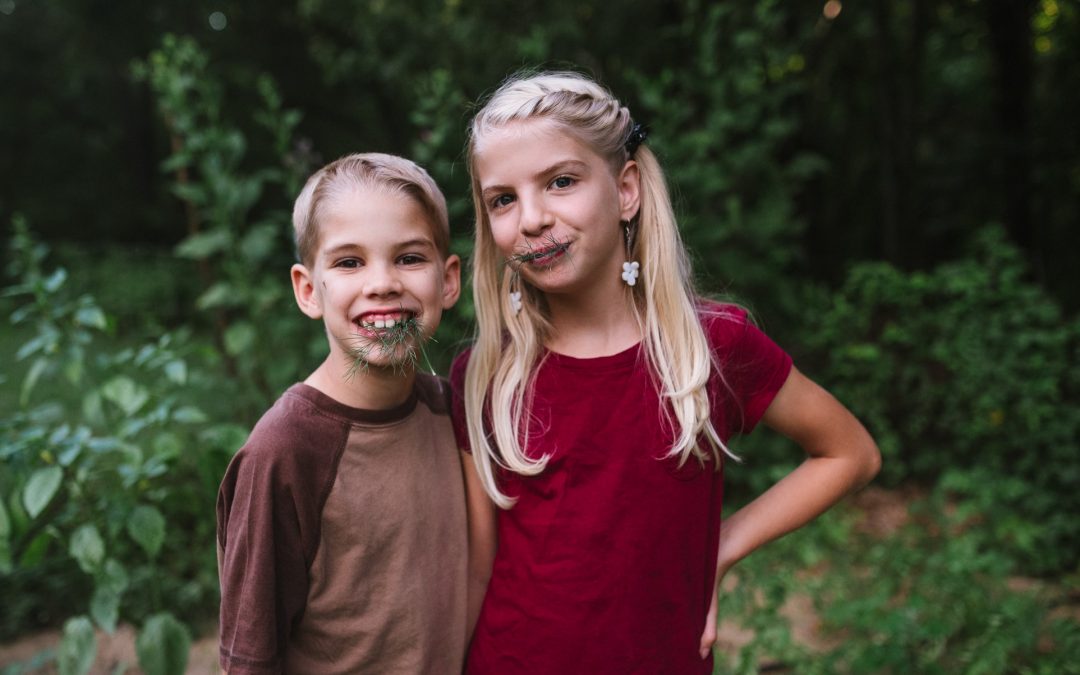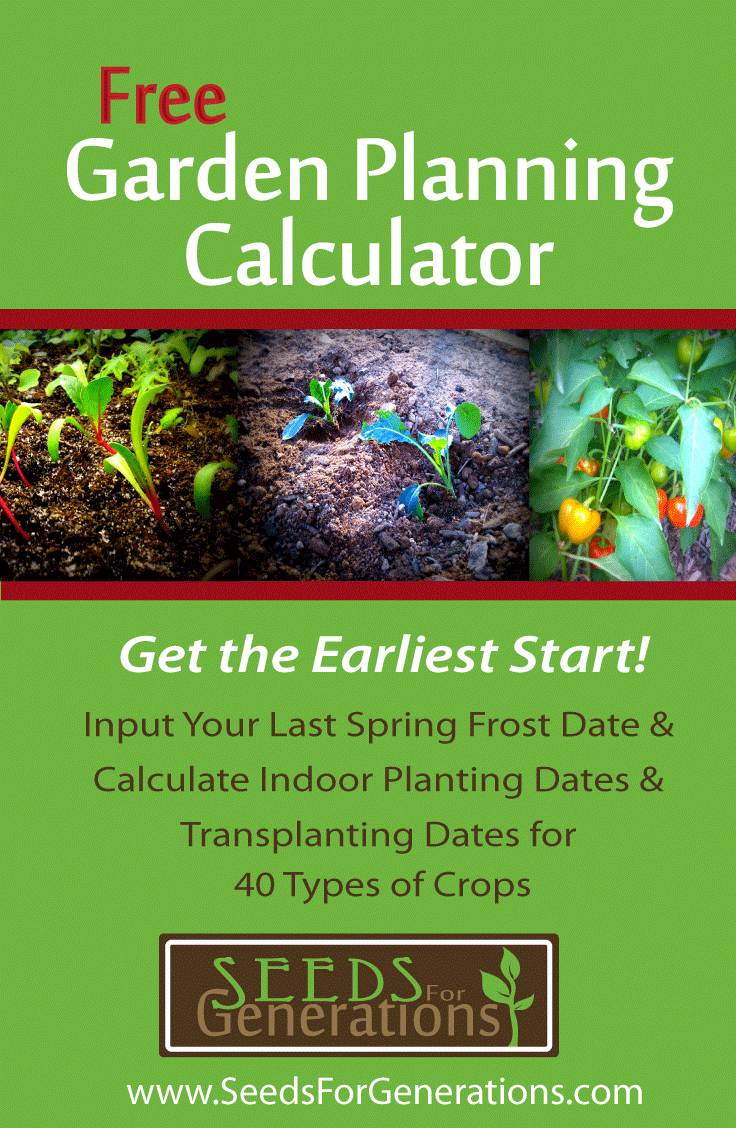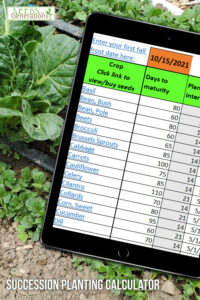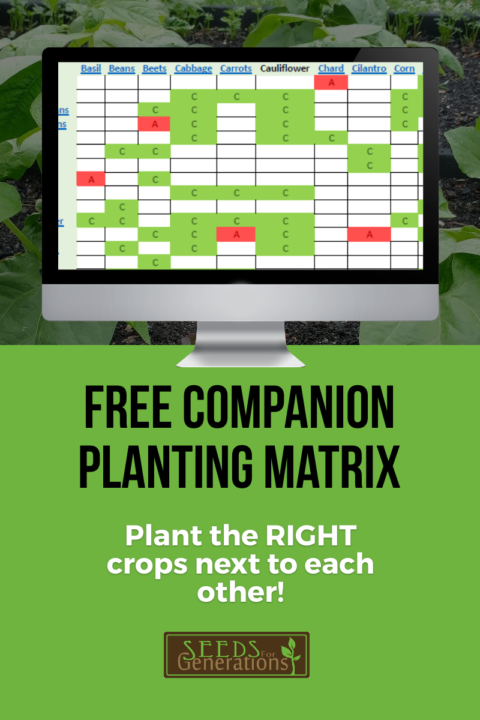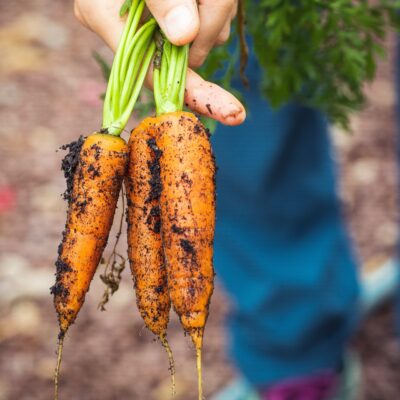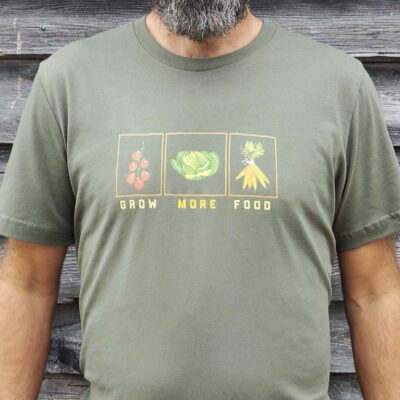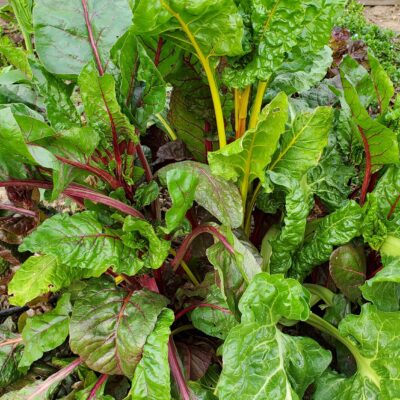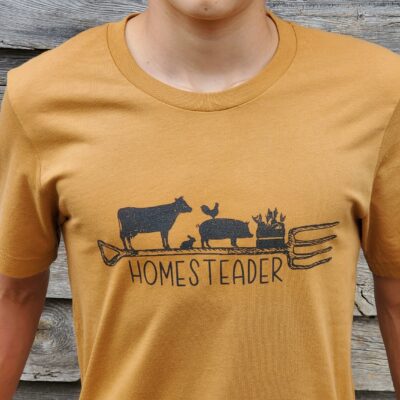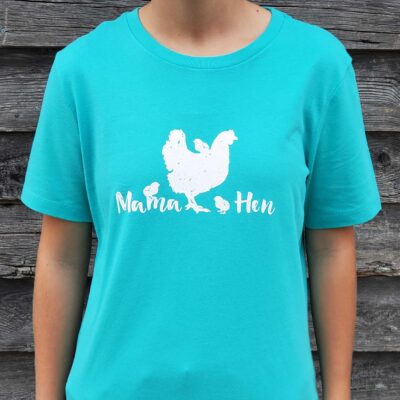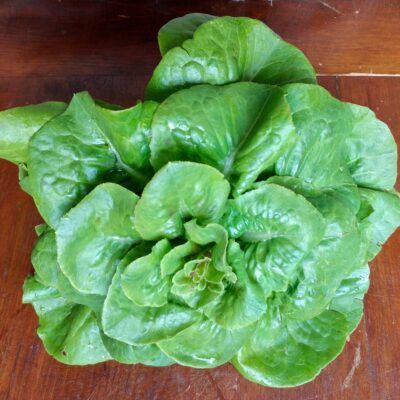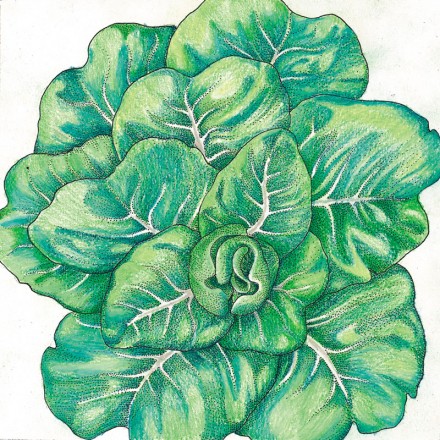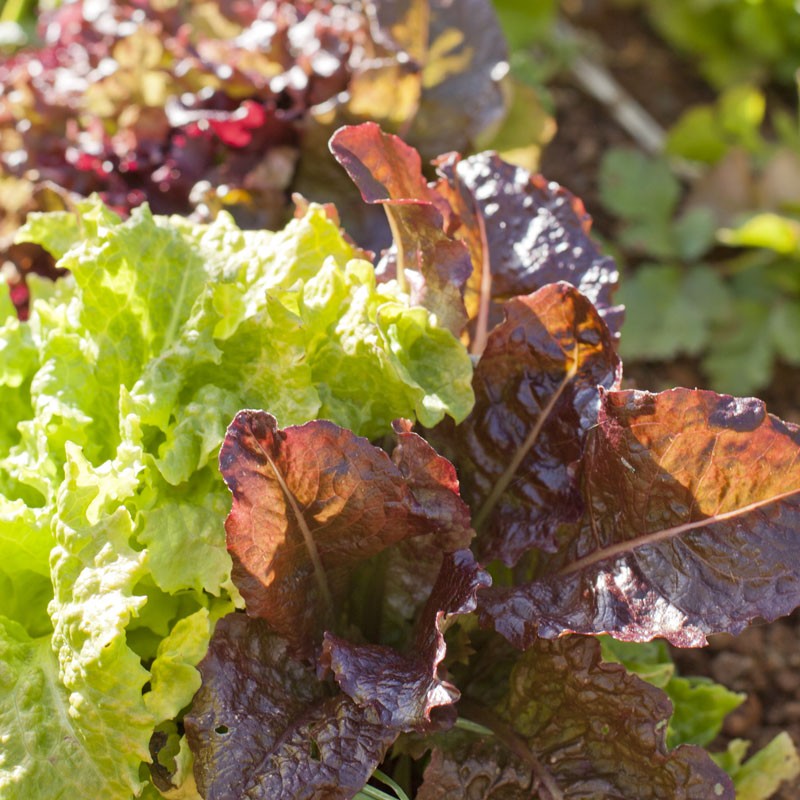Seeds for Generations is a part of Amazon Services LLC Associates Program, as well as other affiliate and/or referral programs. If you purchase or opt-in after clicking on these links, at no additional cost to you, we may receive a small commission for making you aware of these important resources.
If you grow dill, then you’ll have plenty of it around for making homemade pickles. Growing dill even attracts beneficial insects to your garden, in addition to providing delicious dill weed and dill seed.

Dill (Anethum graveolens)
Apiaceae or Umbelliferae Family
Found in the same family as parsley and celery, dill grows 3-5 feet high. Growing dill produces dark-green, feathery leaves and yellowish green flower clusters that mature into hundreds and thousands of dill seeds. (The flower clusters are called “umbels.”)
Both dill leaves (known commonly as dill weed) and seeds are used fresh and dried in cooking. Dill tastes somewhat cooling, bitter, and herby, providing the ideal flavor for pickled vegetables, soups, and sauces. It goes very well with seafood, chicken, carrots, potatoes, tomatoes, cucumber, and lemon too.[i]

Growing Dill: The Basics
Dill seeds can be started indoors 4-6 weeks before the last frost, but it doesn’t like to be transplanted. Instead, if you’re growing dill in your garden, wait and sow dill seeds directly into the ground after the last frost has passed. (If you plant dill at just the right time, it will be ready when you’re harvesting cucumbers! Cool, right?) Just plant a lot of dill seeds, however, because they don’t germinate well.
Dill prefers rich, well-drained soils, though it can grow in very marginal soils too. It prefers full sun and heavy water. While dill is an annual herb, it can reseed prolifically if it likes its location.

Companion Planting
Beneficial insects like ladybugs, parasitic wasps, praying mantises, and honeybees LOVE dill, making it a great choice. When growing dill in your garden, plant near crops in the cabbage family, cucumbers (imagine that?), lettuce, corn, and basil. Don’t plant dill next to carrots, as they’re in the same family. You should also avoid planting dill near cilantro, eggplant, and peppers.[ii]

How to Harvest Dill
Dill may be used fresh or dried, though fresh leaves are stronger. Harvest dill leaves once the plant has been establish. Gather dill flowers when the flowers have opened. (Just be sure to leave some flowers to develop into seeds, harvesting them when they’ve turned a brownish-tan color. These seeds may be dried completely and used in cooking or for planting more dill the following year.)

How to Use Dill
To use fresh dill weed, chop finely. Once you harvest the fresh leaves, they may be stored carefully in the refrigerator, but they won’t last too long once picked.
Preserving Dill
Freezing is an excellent way to preserve dill for the winter. Just wash and dry the dill and freeze whole or chopped. (Whole leaves may preserve flavor better than chopped leaves.) Another option is to freeze chopped dill in ice cube trays with water.[iii]
While some sources say that drying dill dilutes its flavor, it is still a great traditional method.[iv] Like any other herb, once you dry it, you will have it available for a long time after, especially if you don’t use much dill.
To dry dill, hang branches in a cool, dark place such as a closet until the leaves crumble upon touch. Transfer into an air-tight container once completely dry. A similar method can be used to dry dill seeds, but you’ll want to hang the flower heads in a paper bag to catch the falling seeds! Like with dill weed, once the seeds have dried, store them in an airtight container.

Conclusion
Growing dill isn’t hard, especially if you give it what it likes. Under the right conditions, dill produces prolifically and often reseeds itself, making it an excellent addition to your garden. A single packet of seeds could be enough to fulfill your dill dreams for years to come, if it’s a good year! Now go start growing dill in YOUR garden.
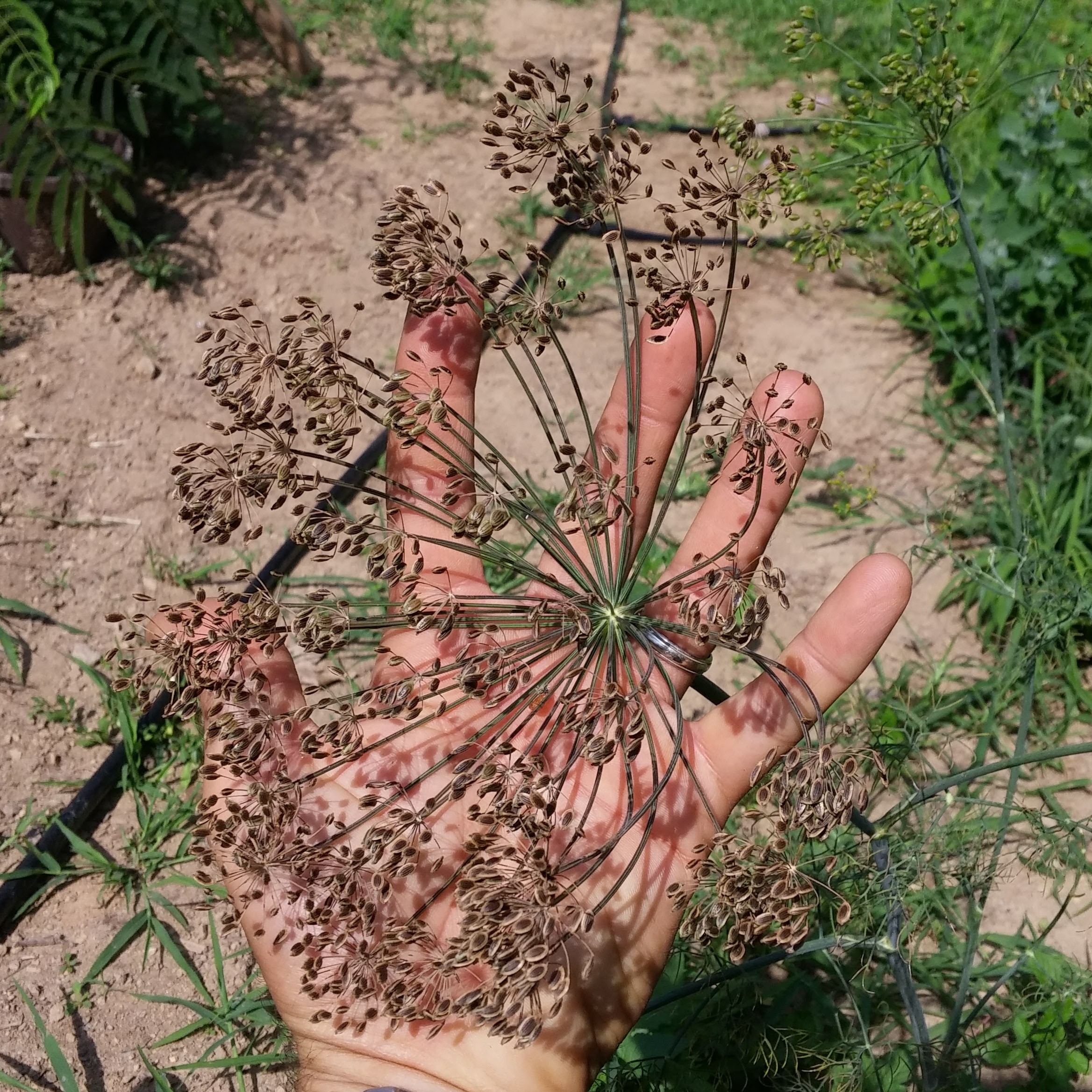
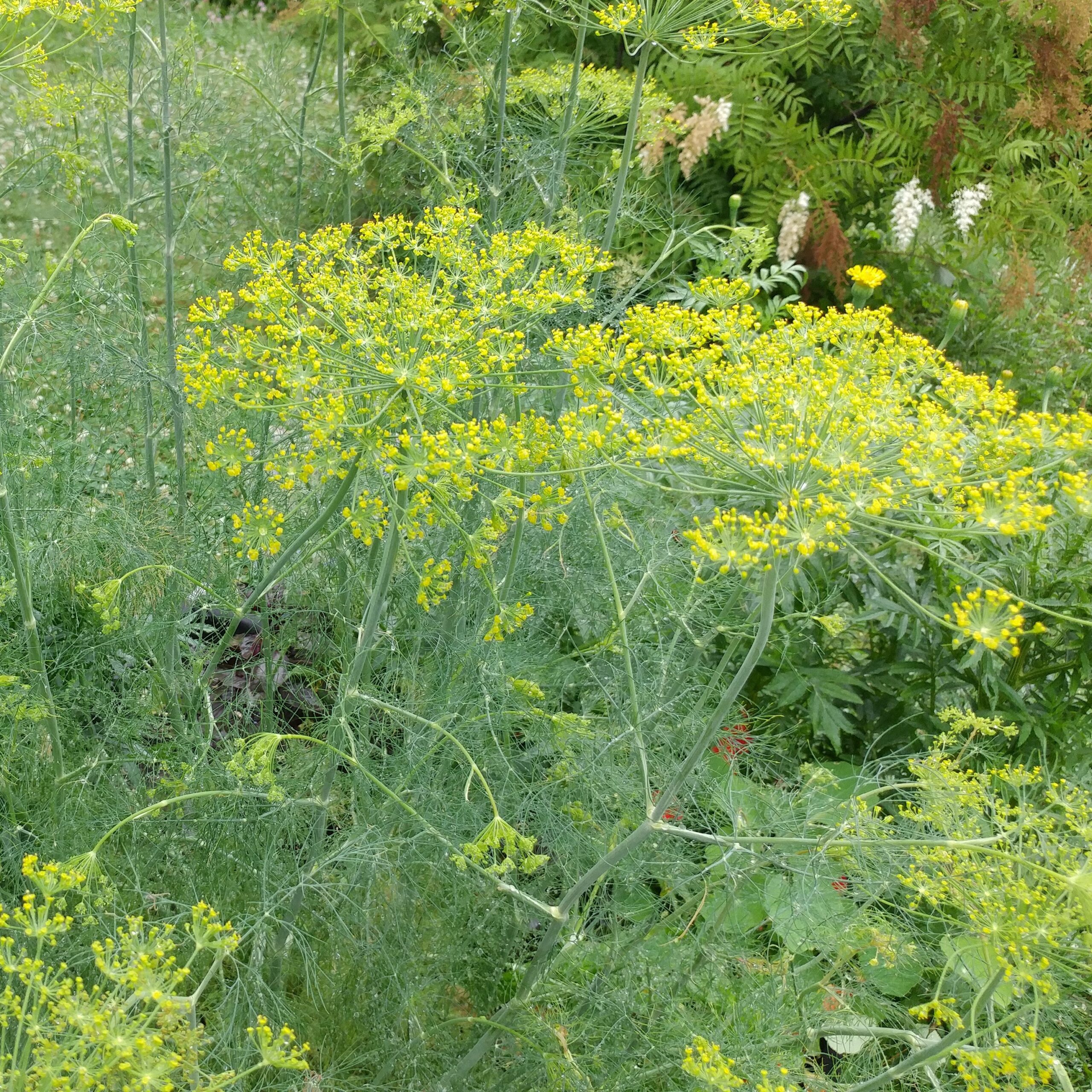
References:
[i] https://www.farmersdaughterherbs.com/info/cooking-herb-chart, http://www.onegreenplanet.org/vegan-food/foods-that-pair-well-with-dill/, https://seedsforgenerations.com/product/dill/
[ii] https://www.gardeningknowhow.com/edible/herbs/dill/dill-companion-plants.htm, https://www.motherearthnews.com/organic-gardening/companion-planting-guide-zmaz81mjzraw
[iii] https://www.doityourself.com/stry/tips-for-storing-fresh-dill, http://www.gettystewart.com/how-to-freeze-and-save-dill/, http://www.preservingyourharvest.com/FreezingDill.html
[iv] http://www.preservingyourharvest.com/DryingDill.html


